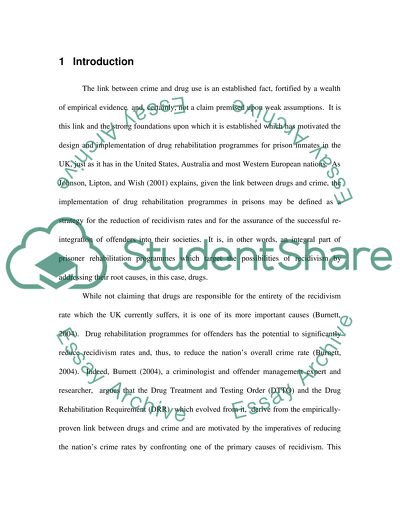Cite this document
(“Crime and Drug Use Essay Example | Topics and Well Written Essays - 3500 words”, n.d.)
Crime and Drug Use Essay Example | Topics and Well Written Essays - 3500 words. Retrieved from https://studentshare.org/sociology/1501696-crime-and-drug-use
Crime and Drug Use Essay Example | Topics and Well Written Essays - 3500 words. Retrieved from https://studentshare.org/sociology/1501696-crime-and-drug-use
(Crime and Drug Use Essay Example | Topics and Well Written Essays - 3500 Words)
Crime and Drug Use Essay Example | Topics and Well Written Essays - 3500 Words. https://studentshare.org/sociology/1501696-crime-and-drug-use.
Crime and Drug Use Essay Example | Topics and Well Written Essays - 3500 Words. https://studentshare.org/sociology/1501696-crime-and-drug-use.
“Crime and Drug Use Essay Example | Topics and Well Written Essays - 3500 Words”, n.d. https://studentshare.org/sociology/1501696-crime-and-drug-use.


